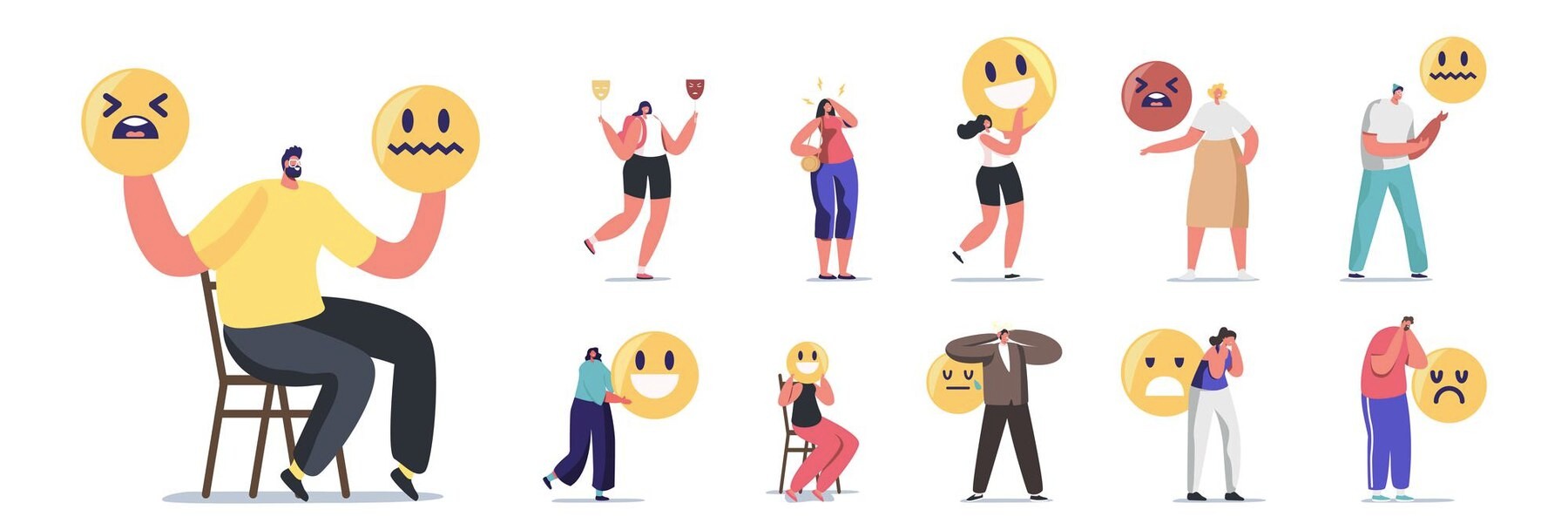The Simplified Coping Style Questionnaire (SCSQ) is a psychometric tool compiled by Zhang Yukun and Yaning. The questionnaire aims to evaluate the coping methods individuals use when responding to stress, including two dimensions: positive response and negative response. Through this questionnaire, we can understand a person's psychological tendencies and coping strategies when facing stress and difficulties, and then provide the individual with corresponding psychological intervention and support.
This questionnaire contains 20 items in total, and the four-level scoring method is adopted. Specifically, subjects need to choose appropriate answers based on their actual situation, including 0 points for 'not taking' to be given, 1 point for 'once taking' to be given, 2 points for 'sometimes taking' to be given, and 3 points for 'often taking'. This scoring method helps to reflect in detail the frequency and tendency of individuals to adopt different coping methods.
The positive response dimension is an important part of this questionnaire, which mainly reflects the characteristics of individuals using a positive and proactive approach when responding to stress. For example, “Try to see the good side of things” and “Find out several different ways to solve problems” are representative entries for positive response dimensions. These strategies help individuals actively face problems, seek solutions, and view difficulties and challenges from a positive perspective.
On the other hand, the negative response dimension is also one of the concerns of this questionnaire, mainly reflecting the characteristics of individuals using negative and negative methods when responding to stress. For example, “relieve worries by smoking and drinking” and “fantasy may take some miracle to change the status quo” are typical entries for negative coping dimensions. These strategies usually do not help solve problems, but may intensify stress and dilemma.
It should be noted that this test only provides a total score assessment of dimensions, and will summarize the scores of positive response dimensions and negative response dimensions. This design is designed to simplify the measurement process and provide a rapid assessment tool to help researchers and psychologists quickly understand individuals’ tendencies in coping.
By participating in this questionnaire, you will have the opportunity to gain insight into your coping style and provide reference and guidance for your own mental health. When answering questions, please choose the answer that best suits your actual situation based on your true feelings and experience.


